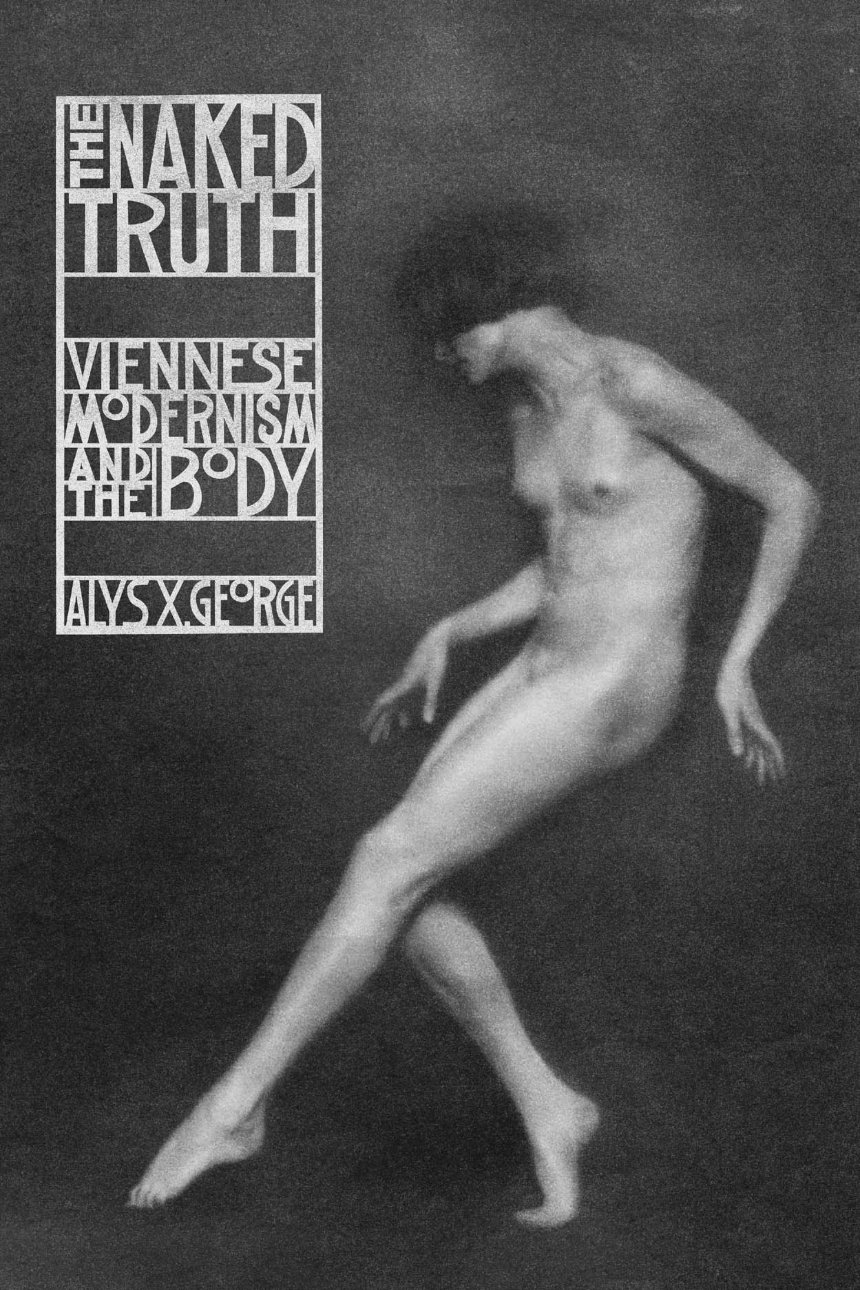The Naked Truth
Viennese Modernism and the Body
Viennese modernism is often described in terms of a fin-de-siècle fascination with the psyche. But this stereotype of the movement as essentially cerebral overlooks a rich cultural history of the body. The Naked Truth, an interdisciplinary tour de force, addresses this lacuna, fundamentally recasting the visual, literary, and performative cultures of Viennese modernism through an innovative focus on the corporeal.
Alys X. George explores the modernist focus on the flesh by turning our attention to the second Vienna medical school, which revolutionized the field of anatomy in the 1800s. As she traces the results of this materialist influence across a broad range of cultural forms—exhibitions, literature, portraiture, dance, film, and more—George brings into dialogue a diverse group of historical protagonists, from canonical figures such as Egon Schiele, Arthur Schnitzler, Joseph Roth, and Hugo von Hofmannsthal to long-overlooked ones, including author and doctor Marie Pappenheim, journalist Else Feldmann, and dancers Grete Wiesenthal, Gertrud Bodenwieser, and Hilde Holger. She deftly blends analyses of popular and “high” culture, laying to rest the notion that Viennese modernism was an exclusively male movement. The Naked Truth uncovers the complex interplay of the physical and the aesthetic that shaped modernism and offers a striking new interpretation of this fascinating moment in the history of the West.
328 pages | 43 halftones | 6 x 9 | © 2020
Art: European Art
Culture Studies:
History: European History, General History, History of Ideas
Literature and Literary Criticism: Germanic Languages
Reviews
Table of Contents
Introduction
1. The Body on Display: Staging the Other, Shaping the Self
Science and Spectacle: “Exotic” Bodies on Display
Fictional Encounters? Peter Altenberg’s Ashantee (1897)
Somatic Utopias: Viennese Hygiene Exhibitions
Literary Life Reform: Peter Altenberg’s Pròdrŏmŏs (1906)
Nature and Culture on Stage
2. The Body in Pieces: Viennese Literature’s Anatomies
Becoming the Blade: Vivisection as the Primal Scene
In the Dissecting Room: Arthur Schnitzler and Marie Pappenheim
Viennese Symptoms, Human Fragments: Joseph Roth’s Journalism
The Politics and Poetics of Viennese Corpses: Carry Hauser and Joseph Roth
Corpse as Capital: Ödön von Horváth’s Faith, Hope, and Charity (1932)
3. The Patient’s Body: Working-Class Women in the Clinic
Finding a Voice: The Poetics of Pregnancy (Marie Pappenheim and Ilka Maria Ungar)
Egon Schiele in the Clinic
In the Women’s Clinic: Architecture, Gaze, Film
Speaking for Suffering Mothers: Else Feldmann and Carry Hauser
The Politics and Public Visibility of Proletarian Bodies
4. The Body in Motion: Staging Silent Expression
Body Language and Crisis of Language
Hugo von Hofmannsthal and the Power of Pantomime
Self and Other: Exploring Identity through Free Dance
Making Modern Dance Viennese
Celluloid Gestures and the Cinematic Body
The Worker’s Body: Modern Dance, Machine Culture, and Social Democracy
Epilogue
Acknowledgments
Notes
Index
Awards
German Studies Association: DAAD/GSA Book Prize in Literature and Cultural Studies
Won
Nanovic Institute for European Studies, University of Notre Dame: Laura Shannon Prize in Contemporary European Studies
Shortlist
Modern Language Association: MLA Scaglione Prize for Studies in Germanic Languages and Literatures
Won
Waterloo Centre for German Studies: Waterloo Centre for German Studies Book Prize
Shortlist
